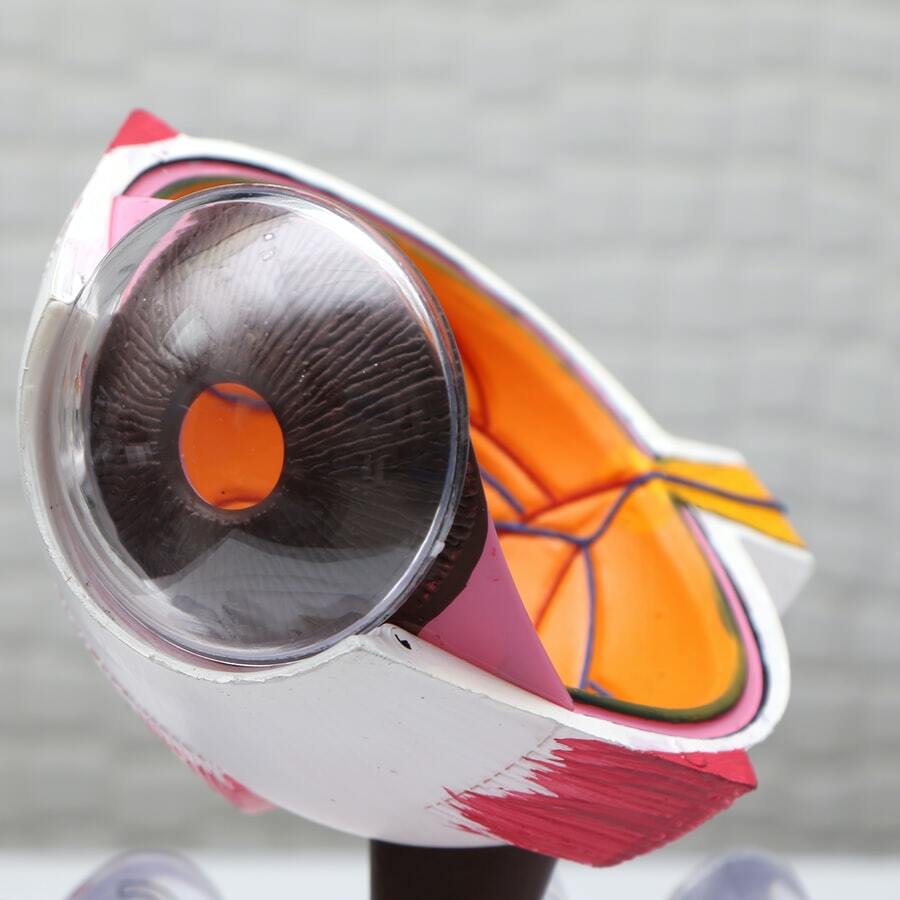Short-Term, Smaller Clinical Trials for Glaucoma Therapy May Be Feasible
More frequent testing and reduction of the rate of progression as the end point may allow investigators to more efficiently assess efficacy of glaucoma therapy.

A cohort study supports the feasibility of short-term clinical trials for glaucoma therapy.
“Clinical trials of glaucoma therapies focused on protecting the optic nerve have required large sample sizes and lengthy follow-up to detect clinically relevant change due to its slow rate of progression,” noted the investigative team, led by James Proudfoot, MSc, of Hamilton Glaucoma Center, University of California.
“Whether shorter trials may be possible with more frequent testing and use of rate of change as the end point warrants further investigation,” they indicated.
Proudfoot and colleagues therefore designed the Short-term Assessment of Glaucoma Progression (STAGE) model in order to evaluate which diagnostic tests are most sensitive for detecting glaucomatous change over a short period of time.
The Study
The team enrolled 178 eyes from 97 patients with early, moderate, and advanced open-angle glaucoma. All patients were ≥18 years of age (mean age, 69 years) and had no history of intraocular surgery other than for glaucoma or cataracts.
All eyes had visual acuity equal to or better than 20/40 with <5.0 diopters sphere and 3.0 diopters cylinder refraction.
The investigators then assessed relevant medical history for each patient and performed a complete ophthalmic examination, which included visual acuity, slitlamp biomicroscopy, gonioscopy, pachymetry, dilated funduscopy, stereoscopic ophthalmoscopy, and simultaneous stereoscopic disc photography.
They collected visual fields and optic coherence tomography (OCT) scans at baseline up through 2 years with visits every 3 months.
The main outcomes sought by the investigators were the longitudinal rates of change in retinal nerve fiber layer (RNFL) thickness as well as visual field mean deviation, which were estimated by study designs of varying length and frequencies of observation.
The Results
Of the 97 patients, 87 completed the full 24-month follow-up.
Baseline mean visual field mean deviation was -4.27 dB (95% CI, -5.17 to 3.37 dB); baseline RNFL thickness was 73.6 μm (95% CI, 71.0-76.1 μm).
“The mean VF 24-2 mean deviation thickness slope was −0.32 dB/y (95% CI, −0.43 to −0.21 dB/y) and the mean RNFL thickness slope was −0.54 μm/y (95% CI, −0.75 to −0.32 μm/y),” Proudfoot and colleagues wrote. “The 5th to 95th percentile of slopes was −1.81 to 0.72 dB/y for VF 24-2 MD and −2.40 to 1.67 μm/y for RNFL thickness.”
They noted that at 18-month follow-up with 3-month interval observations, the change rate for visual field 24-2 mean deviations was −0.41 (95% CI, −0.56 to −0.26; P<.001). For RNFL thickness, the change rate was −0.58 (95% CI, −0.83 to −0.32; P<.001).
The team also assessed power of clinical trials associated with sample sizes.
“For example, a study with a total of 300 patients (150 in each arm) and at least 3 observations during an 18-month follow-up will have 80% power at the .05 significance level to detect a difference in change rates between groups in RNFL thickness as small as 0.38 μm/y or in VF 24-2 MD as small as 0.26 dB/y,” they wrote.
“Increasing observation frequency to 5, 7, or 9 total decreases the detectable effect size for this design to 0.36, 0.33, or 0.32 μm/y for RNFL thickness and 0.24, 0.22, and 0.21 dB/y for VF 24-2 MD, respectively.”
As a qualification, they noted the results presented were based on mixed-model assumptions and dependent on a specific rate of progression and the expected outcome of treatment on that rate.
Nevertheless, they indicated that visual field results may be used as an outcome measure, especially with the right combination of observation frequency and sample size—which they determined could be 18 months follow-up with samples sizes as few as 300 participants.
The study, “Estimated Utility of the Short-term Assessment of Glaucoma Progression Model in Clinical Practice,” was published online in JAMA Opthalmology.